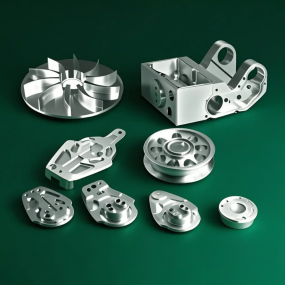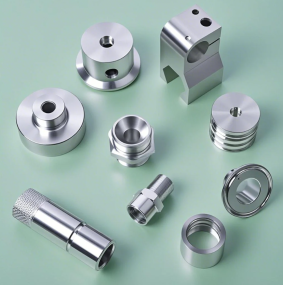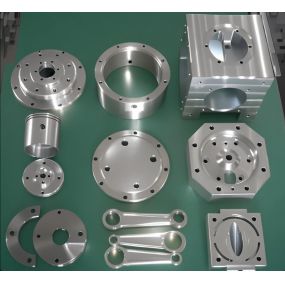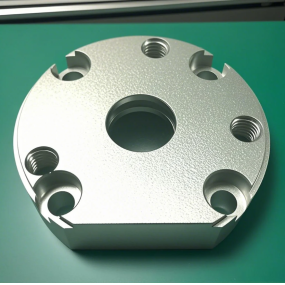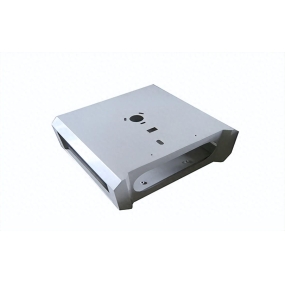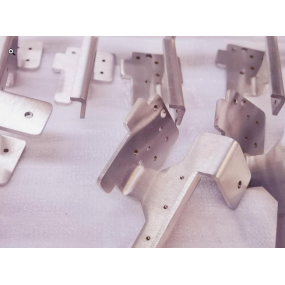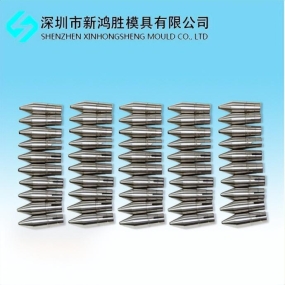Semiconductor cabinets are usually made of cold-rolled steel or alloys and are used to store computers and related control equipment. Provide protection for storage devices, shield them from electromagnetic interference, keep them neatly arranged, and facilitate maintenance. Cabinets are divided into server cabinets and console cabinets.
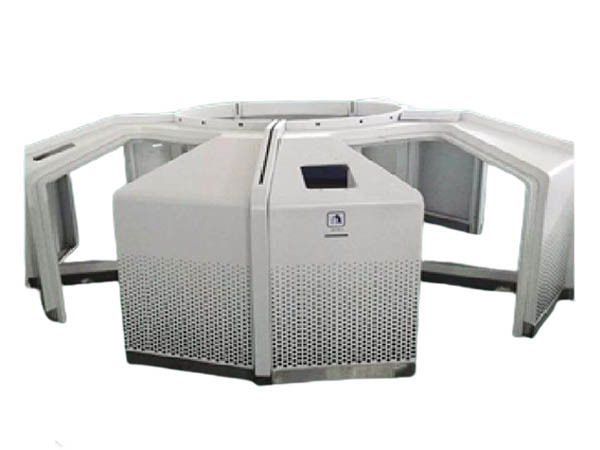
Many people believe that a cabinet is an IT equipment cabinet. Cabinet is a cabinet, but not just a cabinet. For the computer itself, the cabinet also has an important auxiliary function and UPS power supply. A good cabinet means ensuring that the computer can run in a good environment. Therefore, the cabinet plays an equally important role. Nowadays, it can be said that only places with computers have the presence of almost a cabinet. The system solves problems such as high-density heat dissipation, installation and management of a large number of cables, and large capacity power distribution, and is fully compatible with different factory business facilities in computer applications, enabling data centers to operate in high availability environments.
Cabinets have become indispensable supplies in the computer industry, and various types of cabinets can be seen in major computer rooms. With the continuous breakthroughs in the computer industry, more and more functions of machine semiconductor cabinets are emerging. Cabinets are generally used for wiring rooms, floor wiring rooms, central rooms, control centers, monitoring centers, etc.
Common cabinet colors include black and off white. The materials of cabinets are generally aluminum cabinets, 9% folded profile cabinets, cold-rolled steel plate cabinets, and hot-rolled steel plate cabinets. The stability of the cabinet is determined by the coating material and processing technology.
Early cabinets were mostly made of castings or angle steel, with screws, rivets, or welded into cabinet frames, and then covered with thin steel plates (doors). This type of cabinet has a large volume and simple appearance, and has been phased out. With the use of various components such as transistors and integrated circuits, and the ultra miniaturization of devices, the structure of semiconductor cabinets is also developing towards miniaturization and building blocks. Semiconductor cabinets have evolved from multi-party panel structures to a series of plug-in box structures of certain sizes. The assembly and arrangement of boxes and plugins can be divided into horizontal and vertical arrangements. Cabinets are generally made of thin steel plates, aluminum profiles with various cross-sectional shapes, and various engineering plastics. In addition to welding and screwing, the frame of the cabinet can also be bonded.
A full board cabinet with side panels bent into a steel plate. This cabinet has good rigidity and strength, suitable for heavy-duty or general-purpose equipment. However, due to the non removable side panels, maintenance is inconvenient. The structure of the arc-shaped plate column cabinet is similar to that of the irregular cabinet, and the columns are bent from steel plates. The cabinet has a certain degree of rigidity and strength, suitable for general equipment.
The cabinet can also be configured with cabinet accessories as needed. Its main accessories include fixed or extendable slides, fixed plates, PDUs, cable trays, cable racks, etc.


 Spanish
Spanish Arabic
Arabic French
French Portuguese
Portuguese Belarusian
Belarusian Japanese
Japanese Russian
Russian Malay
Malay Icelandic
Icelandic Bulgarian
Bulgarian Azerbaijani
Azerbaijani Estonian
Estonian Irish
Irish Polish
Polish Persian
Persian Boolean
Boolean Danish
Danish German
German Filipino
Filipino Finnish
Finnish Korean
Korean Dutch
Dutch Galician
Galician Catalan
Catalan Czech
Czech Croatian
Croatian Latin
Latin Latvian
Latvian Romanian
Romanian Maltese
Maltese Macedonian
Macedonian Norwegian
Norwegian Swedish
Swedish Serbian
Serbian Slovak
Slovak Slovenian
Slovenian Swahili
Swahili Thai
Thai Turkish
Turkish Welsh
Welsh Urdu
Urdu Ukrainian
Ukrainian Greek
Greek Hungarian
Hungarian Italian
Italian Yiddish
Yiddish Indonesian
Indonesian Vietnamese
Vietnamese Haitian Creole
Haitian Creole Spanish Basque
Spanish Basque

